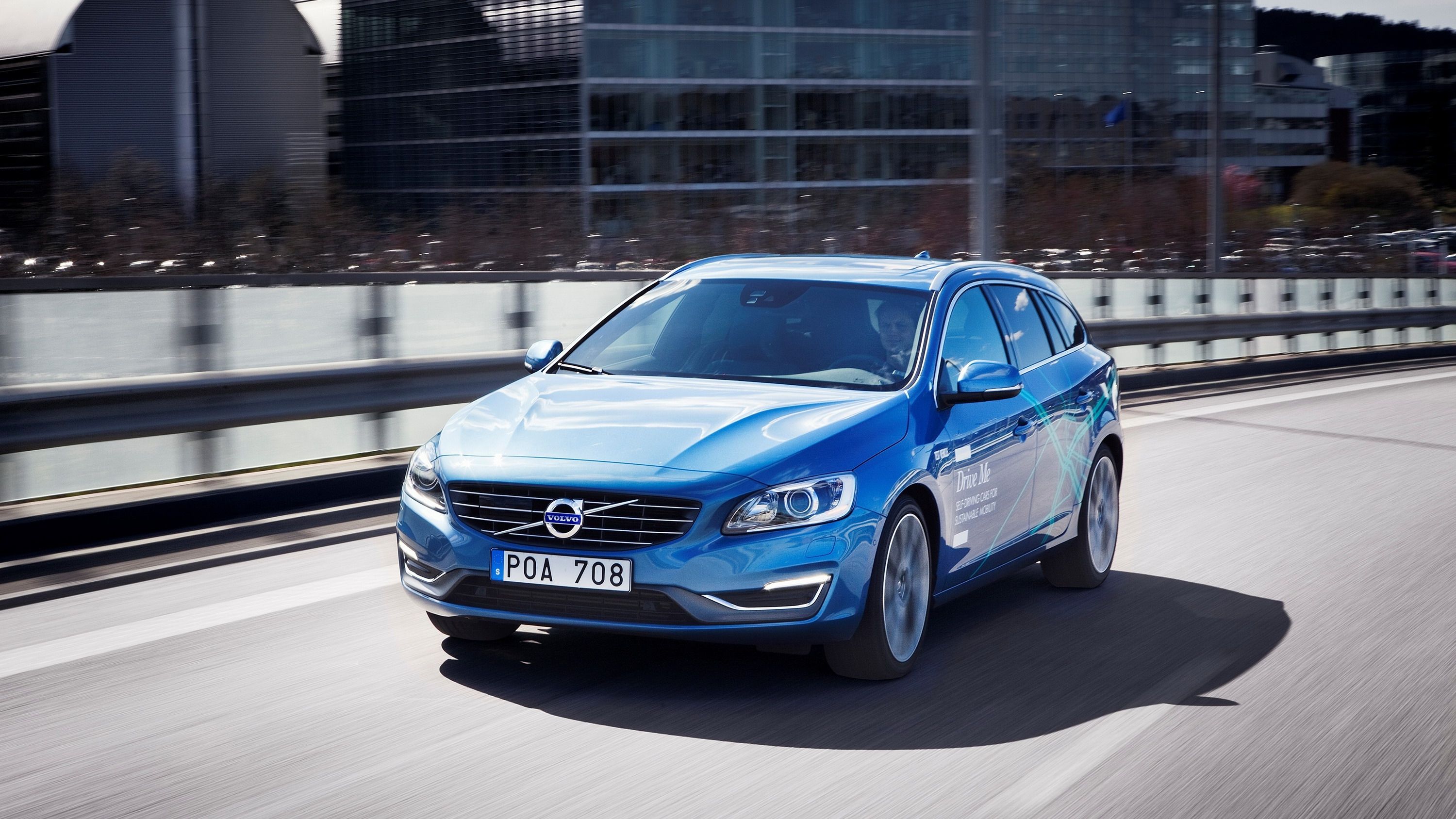Volvo->ke188 wants to put 100 fully autonomous vehicles into the hands of customers for use on select public roads in the Swedish city of Gothenburg within the next two years. The public pilot is part of a “one-of-a-kind collaboration between legislators, transport authorities, a major city and a vehicle manufacturer” according to a recent press release.
Using an array of sensors, cloud-based positioning systems, and intelligent braking and steering technologies, Volvo believes it has created a production-viable, fully autonomous driving system ready for consumer use. It’s called Drive Me.
Volvo says the main challenge was designing a system that could account for a diverse number of traffic scenarios and the potential for technical faults. At the outset, the fully autonomous driving function will only be used in “suitable conditions," which include a lack of oncoming traffic, cyclists, and pedestrians.
“Making this complex system 99 percent reliable is not good enough. You need to get much closer to 100 percent before you can let self-driving cars mix with other road users in real-life traffic,” says Dr. Erik Coelingh, Technical Specialist at Volvo Cars. “Here, we have a similar approach to that of the aircraft industry.”
Volvo cites benefits that include decreased environmental impact, greater safety, and additional free time.
The Drive Me system uses an enormous array of technology. These include radar, cameras, lasers, GPS, ultrasonic sensors, high-definition 3D digital maps, and cloud-based services that connect to the traffic authority’s central control hub.
Click past the jump to read more about Volvo's Drive Me - Self-driving Cars.
Why it matters
I’ve said it before, and I’ll say it again: like it or not, the robot cars are coming. The potential benefits are simply too far-reaching. Several manufacturers are currently racing to get a system to market – Mercedes->ke187 and Audi->ke14 have both been particularly visible when it comes to sharing recent developments. However, Dr. Coelingh is right in saying that the real test will take place on public roads with normal folks, rather than engineers, at the wheel (or rather, simply behind the wheel): “It is relatively easy to build and demonstrate a self-driving concept vehicle, but if you want to create an impact in the real world, you have to design and produce a complete system that will be safe, robust and affordable for ordinary customers.”
If Volvo, a company known for creating reliable, safe vehicles with a dash of quirkiness, is the first to bring autonomous vehicles to the public in a big way, it would be a watershed moment for the auto industry. The possible consequences of this technology, both positive and negative, will touch anyone and everyone who uses a car. If Volvo’s system works -- that is, if it can handle the rigors of everyday driving, with its unpredictability, varying road conditions, and most of all, all those ignorant and awful human drivers, then we may be looking at an AI chauffeur sooner rather than later.
I, for one, hope the pilot turns out to be a major success. I love a good drive as much as the next car geek, but if the adoption of autonomous vehicles means less pollution, less congestion, more free time, and greater road safety, than I’m all for it.
One note, though: I won’t be giving up my manual WRX.->ke4657 I’ll have to be blind and paralyzed before I relinquish the ability to row my own gears and open the taps.

